Home>Gardening & Outdoor>Plant Care & Gardening Tips>When To Plant Balloon Flower Bulbs
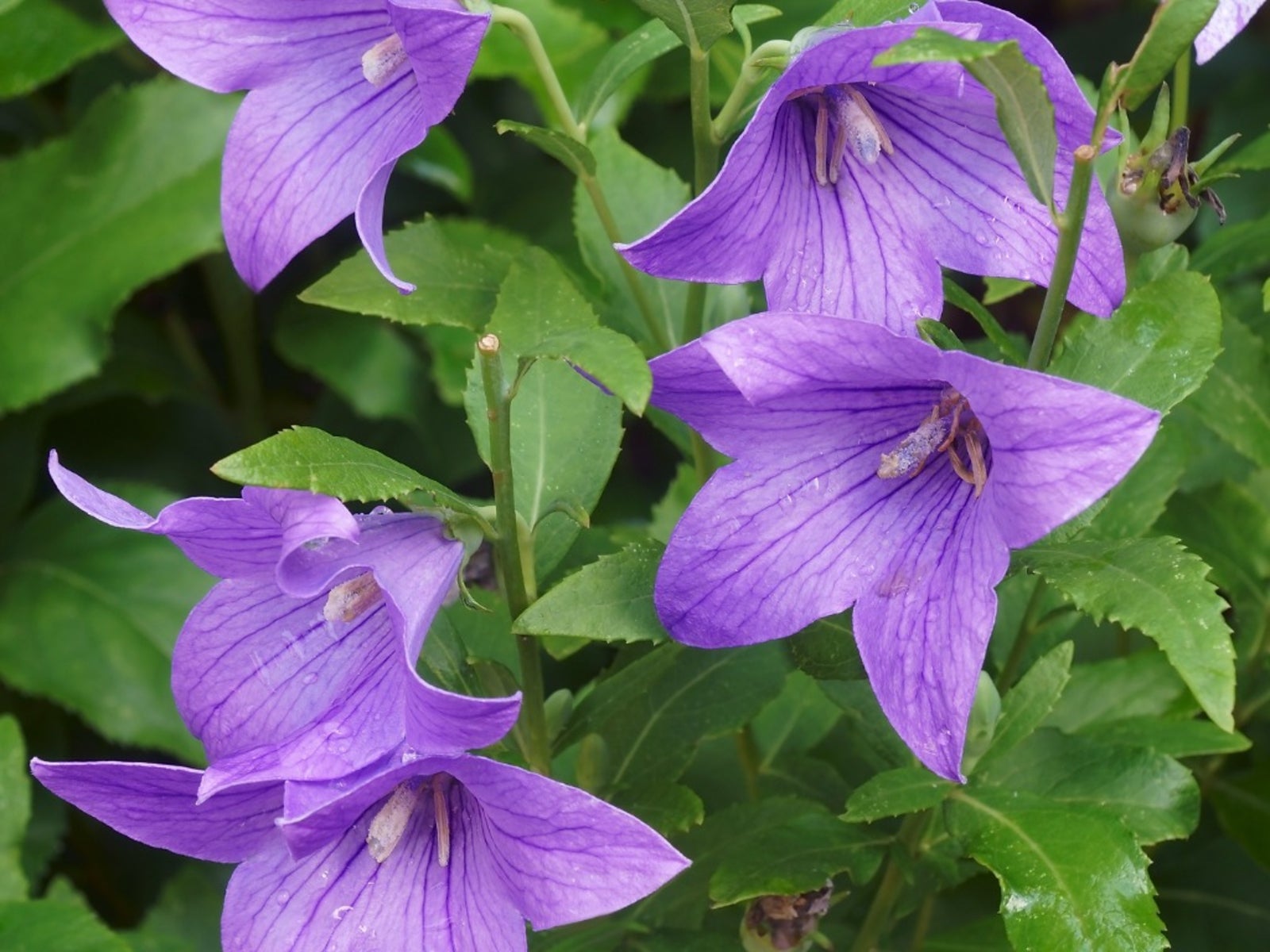

Plant Care & Gardening Tips
When To Plant Balloon Flower Bulbs
Published: January 17, 2024
Discover the best time to plant balloon flower bulbs and get expert plant care and gardening tips for a thriving garden. Learn how to ensure successful growth and beautiful blooms.
(Many of the links in this article redirect to a specific reviewed product. Your purchase of these products through affiliate links helps to generate commission for Storables.com, at no extra cost. Learn more)
Introduction
Welcome to the enchanting world of gardening, where every plant has a story to tell and every bloom holds the promise of beauty. If you’re considering adding a touch of whimsy and elegance to your garden, the balloon flower (Platycodon grandiflorus) is a delightful choice. With its captivating balloon-like buds that burst open into star-shaped blossoms, this perennial plant has garnered a loyal following among gardening enthusiasts.
As with any plant, successful cultivation begins with a deep understanding of its unique characteristics, growth requirements, and optimal planting times. In this article, we’ll delve into the captivating realm of balloon flowers, exploring the ideal conditions for their growth, the best time to plant their bulbs, and the essential steps for nurturing them to full bloom. Whether you’re a seasoned gardener or a novice with a budding green thumb, this guide will equip you with the knowledge and confidence to cultivate these charming blossoms with finesse.
So, grab your gardening gloves and let’s embark on a journey to discover the secrets of planting and caring for balloon flowers, and unearth the joy of witnessing their delightful blooms grace your garden.
Key Takeaways:
- Balloon flowers thrive in temperate climates and well-draining, loamy soil. Plant bulbs in early spring or fall for vibrant blooms, and provide attentive care for enduring beauty.
- Cultivate balloon flowers with care and confidence by understanding their unique characteristics and growth requirements. From planting to pruning, nurture these resilient perennials for enchanting garden blooms.
Read more: When To Plant Balloon Flower Seeds
Understanding Balloon Flowers
Before delving into the art of planting and nurturing balloon flowers, it’s essential to acquaint yourself with the captivating characteristics that make this perennial plant a cherished addition to any garden. The balloon flower, scientifically known as Platycodon grandiflorus, hails from the Campanulaceae family and is native to East Asia. Its common name is derived from the unique balloon-shaped buds that precede the unfurling of its stunning star-shaped blossoms, creating an element of surprise and delight in the garden.
These delightful perennials are known for their resilience, longevity, and low-maintenance nature, making them an ideal choice for both novice and experienced gardeners. The balloon flower’s foliage consists of deep green, lance-shaped leaves that provide an elegant backdrop for its charming blooms. The blossoms themselves come in an array of hues, including shades of blue, white, and pink, adding a touch of ethereal beauty to any outdoor space.
One of the most endearing qualities of the balloon flower is its symbolic significance. In the language of flowers, these blooms are associated with unbridled joy, boundless potential, and the enduring spirit of optimism. As such, incorporating balloon flowers into your garden not only adds visual allure but also infuses your outdoor sanctuary with a sense of positivity and hope.
Furthermore, the balloon flower is cherished for its versatility, thriving in various garden settings, from borders and rock gardens to containers and cottage-style landscapes. Its ability to attract pollinators, such as bees and butterflies, adds an ecological dimension to its appeal, contributing to the overall health and vitality of your garden ecosystem.
By understanding the unique charm and adaptability of balloon flowers, you’ll be better equipped to create an environment that nurtures and showcases their inherent beauty. Now that we’ve uncovered the essence of these enchanting blossoms, let’s delve into the optimal conditions for their growth and the best practices for planting and caring for balloon flower bulbs.
Climate and Soil Requirements
For the successful cultivation of balloon flowers, it’s crucial to consider the climate and soil conditions that best support their growth and development. These resilient perennials thrive in temperate climates, particularly in USDA hardiness zones 3 to 8, where they can withstand the varying temperatures and seasonal changes characteristic of these regions. Balloon flowers prefer a balance of sunlight and shade, making them well-suited for gardens with partial sun exposure, although they can also flourish in full sun under the right conditions.
When it comes to soil preferences, balloon flowers demonstrate a preference for well-draining, loamy soil with a slightly acidic to neutral pH level. This type of soil composition ensures that excess moisture does not accumulate around the plant’s roots, minimizing the risk of rot and fungal diseases. Moreover, incorporating organic matter, such as compost or well-rotted manure, into the soil can enhance its fertility and structure, providing an optimal foundation for the growth of healthy balloon flowers.
It’s important to note that while balloon flowers are resilient, they may struggle in waterlogged or compacted soil, which can impede root development and overall plant vigor. Therefore, ensuring proper soil drainage and composition is essential for creating an environment where these enchanting blossoms can thrive.
By understanding the specific climate and soil requirements of balloon flowers, you can tailor your garden environment to provide the ideal conditions for their growth and blooming. With this knowledge in mind, you’ll be well-equipped to select the opportune time for planting balloon flower bulbs and embark on the journey of nurturing these captivating perennials to their full potential.
Best Time to Plant Balloon Flower Bulbs
Timing is of the essence when it comes to planting balloon flower bulbs, as it directly influences the establishment and subsequent flourishing of these enchanting perennials. The optimal time for planting balloon flower bulbs largely depends on the prevailing climate in your region, as well as the specific growth habits of the plant. Generally, the best time to plant balloon flower bulbs is during the early spring or fall, when the environmental conditions are conducive to their successful establishment.
Spring Planting: In regions where the winters are mild and the soil becomes workable early in the season, planting balloon flower bulbs in the spring can be an advantageous approach. This allows the bulbs to take root and acclimate to their new environment before the onset of the summer heat. By planting in the spring, you provide the bulbs with ample time to establish strong root systems and prepare for the vibrant display of blooms in the coming growing season.
Fall Planting: For gardeners in colder climates, fall is an opportune time to plant balloon flower bulbs, typically a few weeks before the first frost. Planting in the fall enables the bulbs to undergo a period of dormancy during the winter, which is essential for their overall growth and development. This natural dormancy period primes the bulbs for robust growth once the spring arrives, setting the stage for a spectacular floral showcase in the ensuing seasons.
By aligning the planting of balloon flower bulbs with the most favorable seasonal conditions in your region, you can provide these resilient perennials with the best opportunity to thrive and grace your garden with their enchanting blossoms. Whether you opt for the rejuvenating ambiance of spring planting or the preparatory phase of fall planting, your thoughtful timing will set the stage for a flourishing display of balloon flowers in the seasons to come.
Plant balloon flower bulbs in the spring after the last frost date for your area. Choose a location with well-drained soil and full sun to partial shade. Space the bulbs about 6 inches apart and plant them 2-3 inches deep. Keep the soil consistently moist but not waterlogged.
Steps for Planting Balloon Flower Bulbs
Planting balloon flower bulbs is a gratifying endeavor that sets the stage for the emergence of these captivating blossoms in your garden. By following a few essential steps, you can ensure that the bulbs are planted with care and precision, laying the groundwork for their successful establishment and abundant flowering.
Step 1: Selecting the Planting Site
Choose a well-drained planting site with partial to full sun exposure, providing the ideal balance of sunlight for the optimal growth of balloon flowers. Ensure that the soil is fertile, loamy, and slightly acidic to neutral in pH, creating a conducive environment for the bulbs to thrive.
Step 2: Preparing the Soil
Prior to planting, prepare the soil by loosening it to a depth of 8-10 inches and incorporating organic matter, such as compost or well-rotted manure, to enhance its fertility and structure. This step promotes healthy root development and provides the bulbs with a nourishing foundation for growth.
Step 3: Planting the Bulbs
Dig holes in the prepared soil, spacing them approximately 6-8 inches apart to allow ample room for the balloon flower bulbs to flourish. The planting depth should be equivalent to two to three times the diameter of the bulbs, ensuring that they are nestled securely in the soil with adequate coverage.
Step 4: Positioning and Watering
Place the bulbs in the prepared holes with the pointed ends facing upward, ensuring that they are positioned at the appropriate depth. Gently backfill the holes with soil and water the planted bulbs thoroughly to settle the soil and initiate the initial stages of growth.
Step 5: Mulching and Maintenance
Apply a layer of organic mulch, such as straw or shredded bark, around the planted bulbs to conserve moisture, suppress weed growth, and insulate the soil. Throughout the growing season, maintain consistent moisture levels, ensuring that the soil remains evenly moist but not waterlogged.
By following these steps with attentiveness and care, you can lay the groundwork for the successful establishment and flourishing of balloon flower bulbs in your garden. As you witness the emergence of their distinctive balloon-like buds and the unfurling of their star-shaped blossoms, you’ll be rewarded with the enchanting beauty and enduring charm of these resilient perennials.
Read more: When To Plant Flower Bulbs In Fall
Caring for Balloon Flowers
Once your balloon flower bulbs have been planted and their graceful blooms begin to adorn your garden, it’s essential to provide them with attentive care to ensure their continued health and vitality. By implementing a few key practices, you can nurture these resilient perennials and foster an environment that encourages their flourishing beauty year after year.
Pruning and Deadheading:
Regular pruning and deadheading play a pivotal role in maintaining the health and vigor of balloon flowers. After the initial bloom period, promptly remove spent blossoms by gently pinching or snipping them off. This encourages the plant to redirect its energy toward new growth and the production of additional blooms, prolonging the flowering season and enhancing the overall aesthetic appeal of the plant.
Watering and Moisture Management:
Consistent moisture levels are crucial for the well-being of balloon flowers. While these perennials are resilient, they benefit from regular watering, particularly during dry spells or periods of prolonged heat. Aim to provide them with approximately 1 inch of water per week, either through rainfall or supplemental irrigation, ensuring that the soil remains evenly moist but not waterlogged.
Fertilization and Nutrient Support:
Applying a balanced, slow-release fertilizer in the early spring can provide balloon flowers with the essential nutrients they need for robust growth and abundant flowering. Select a fertilizer with a formulation such as 10-10-10 or 5-10-5, and apply it according to the manufacturer’s recommendations. This practice supports the plant’s overall health and contributes to the development of vibrant blooms.
Winter Care and Dormancy:
As the growing season draws to a close, balloon flowers benefit from a layer of organic mulch, such as straw or shredded leaves, applied around the base of the plants. This mulch serves to insulate the soil, protect the roots from temperature fluctuations, and conserve moisture during the winter months. Additionally, pruning the plant back to ground level after the first frost signals the onset of dormancy, preparing it for a period of rest and rejuvenation.
By incorporating these essential care practices into your gardening routine, you can foster an environment that sustains the enduring beauty and vitality of balloon flowers. As you tend to these enchanting perennials with diligence and care, you’ll be rewarded with a garden adorned with the captivating blooms and graceful allure of these resilient plants.
Conclusion
As we conclude our exploration of the enchanting realm of balloon flowers, we are reminded of the enduring allure and captivating beauty that these resilient perennials bring to the garden. From their whimsical balloon-like buds to the star-shaped blossoms that grace the foliage, balloon flowers infuse outdoor spaces with an air of elegance and optimism, captivating the hearts of gardening enthusiasts and nature lovers alike.
By gaining a deeper understanding of the unique characteristics and growth requirements of balloon flowers, we have unlocked the key to cultivating these delightful perennials with finesse and confidence. From the ideal climate and soil conditions to the opportune times for planting their bulbs, we have uncovered the essential elements that contribute to their successful establishment and flourishing bloom.
As we’ve journeyed through the steps for planting and caring for balloon flowers, we’ve embraced the art of nurturing these resilient perennials, from the initial stages of bulb planting to the ongoing practices that sustain their health and vitality. Through attentive pruning, mindful watering, and the provision of essential nutrients, we’ve cultivated an environment that encourages the enduring beauty of these captivating blossoms.
As the seasons unfold and the garden transforms, the presence of balloon flowers lends a touch of enchantment and joy to the outdoor sanctuary. Their symbolic significance as bearers of unbridled joy and boundless potential resonates in the garden, infusing the natural landscape with a spirit of optimism and beauty.
So, whether you’re a seasoned gardener or a novice with a burgeoning passion for plants, may the knowledge and insights shared in this guide empower you to embark on a journey of cultivating and cherishing the timeless allure of balloon flowers. As you tend to these resilient perennials with care and appreciation, may your garden be graced with the enduring charm and captivating blooms of these enchanting blossoms, enriching your outdoor oasis with their timeless elegance and natural splendor.
With each bloom that unfurls and each balloon-like bud that captures the imagination, may the presence of balloon flowers in your garden serve as a reminder of the enduring beauty and optimism that nature bestows upon us, enriching our lives and surroundings in countless ways.
Frequently Asked Questions about When To Plant Balloon Flower Bulbs
Was this page helpful?
At Storables.com, we guarantee accurate and reliable information. Our content, validated by Expert Board Contributors, is crafted following stringent Editorial Policies. We're committed to providing you with well-researched, expert-backed insights for all your informational needs.
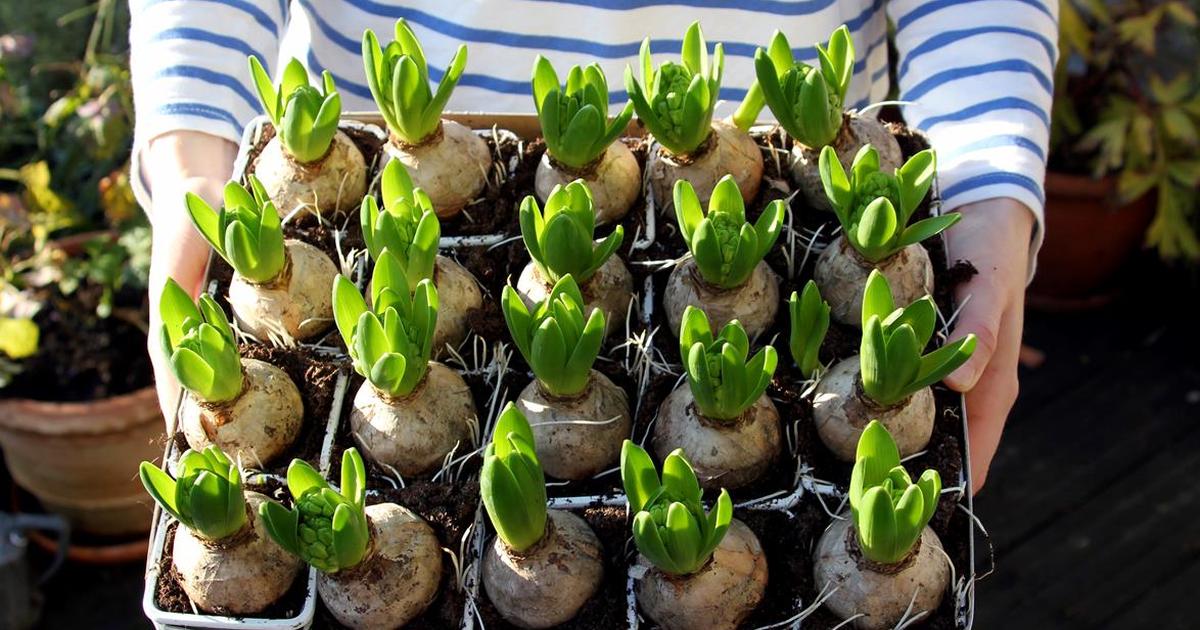
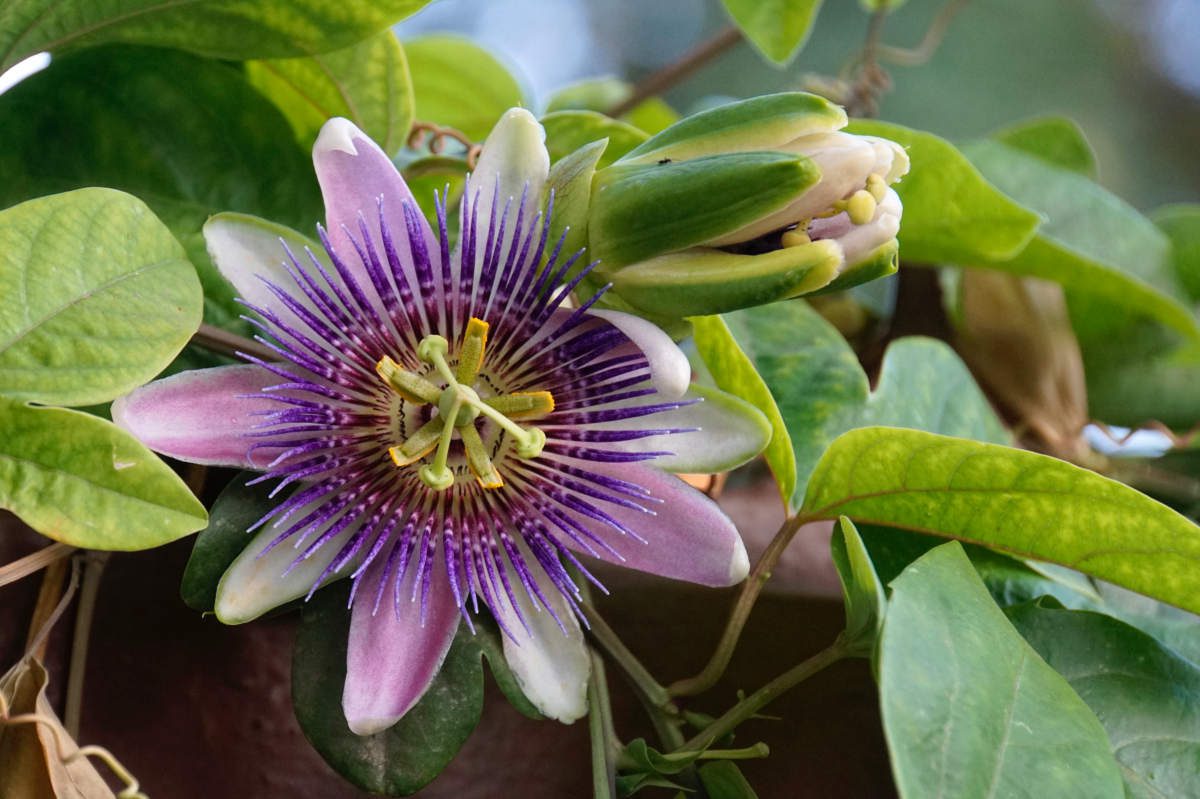
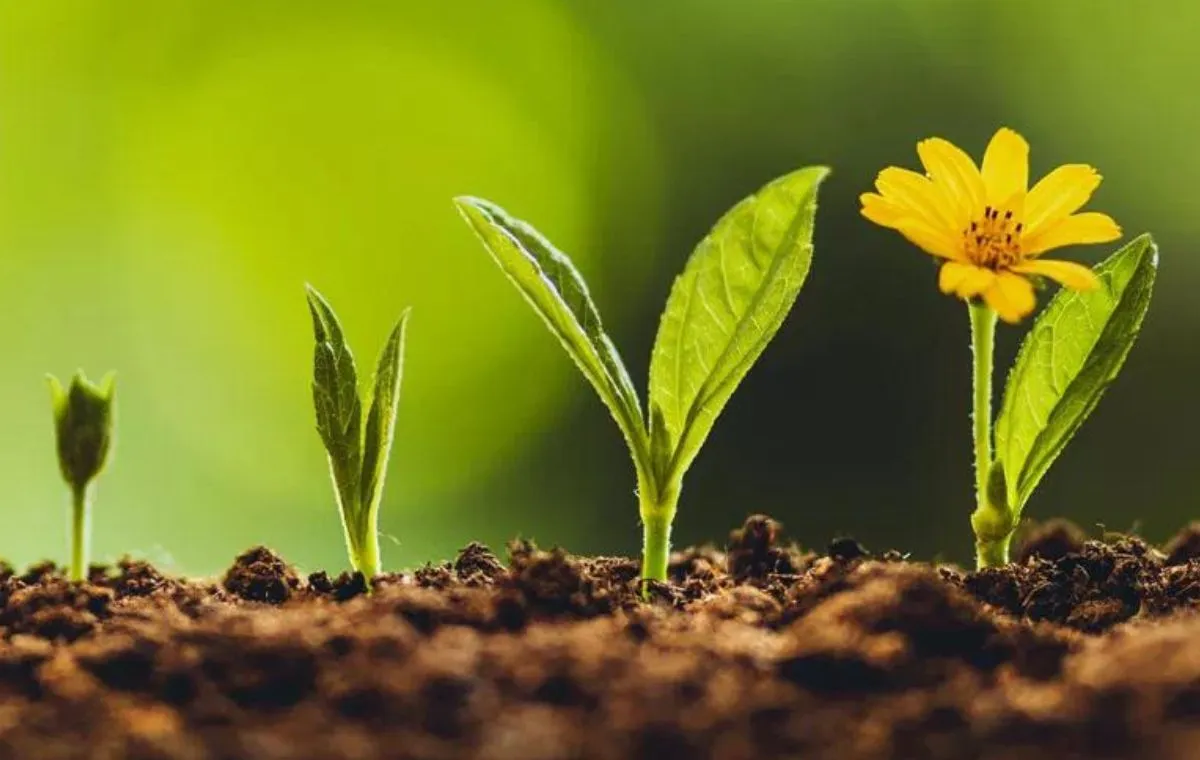
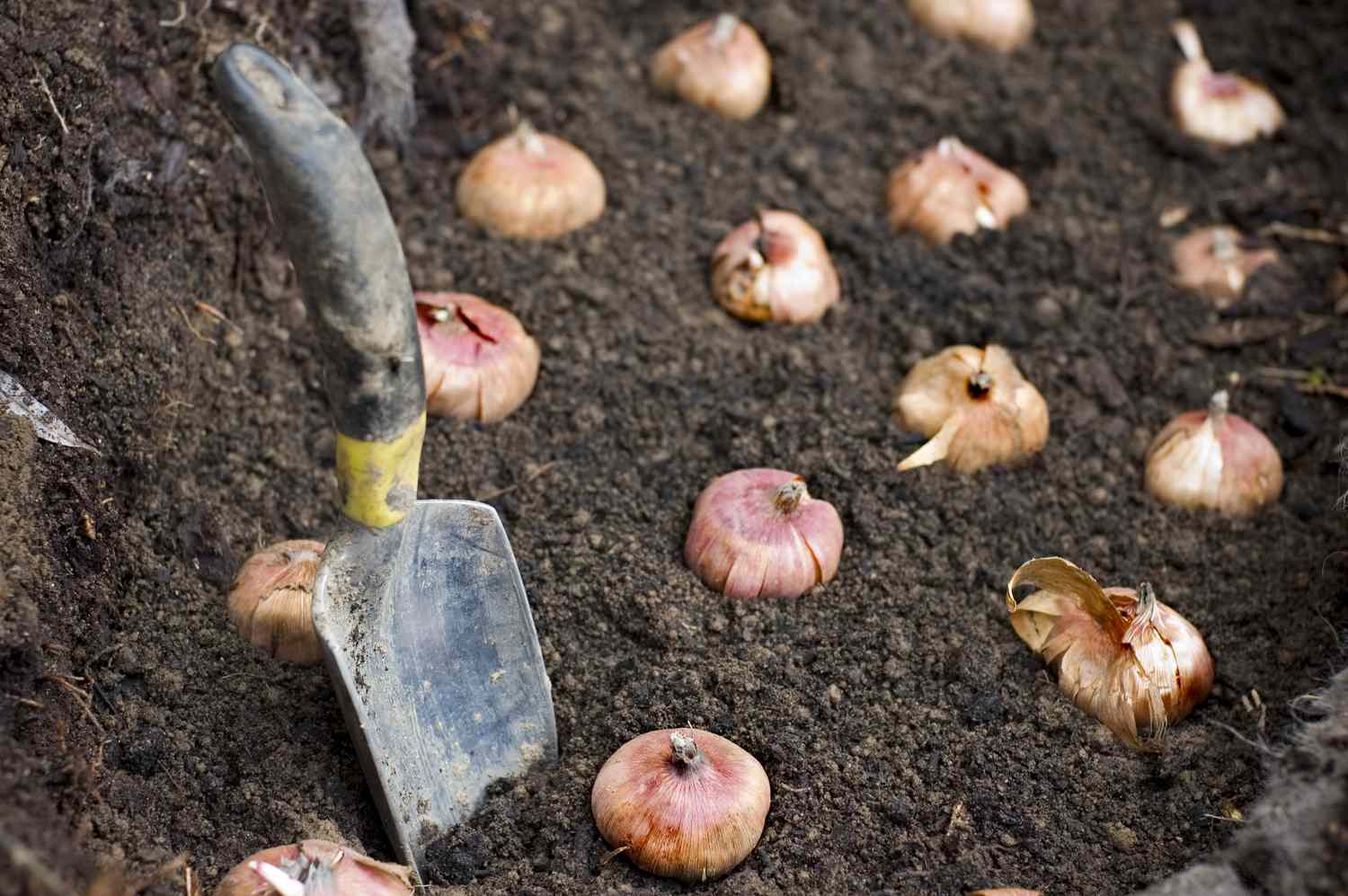
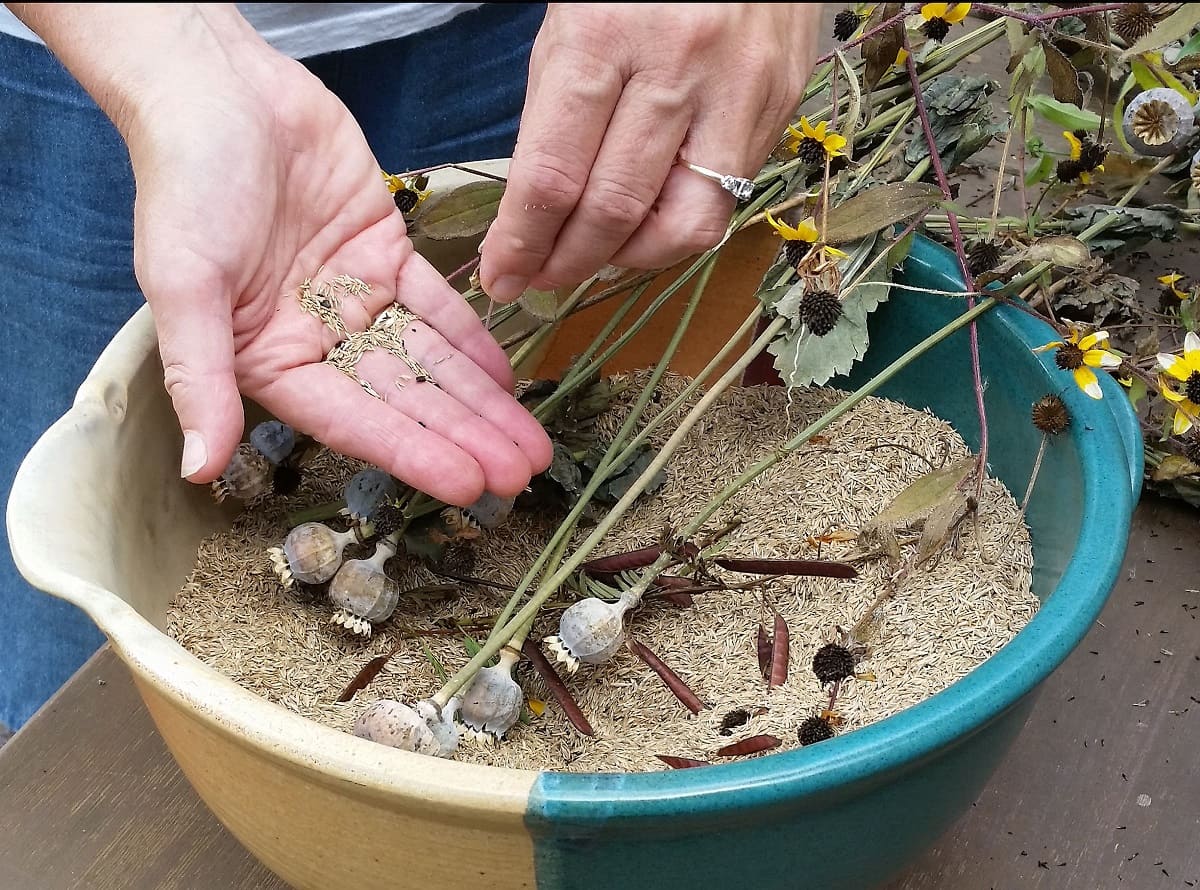
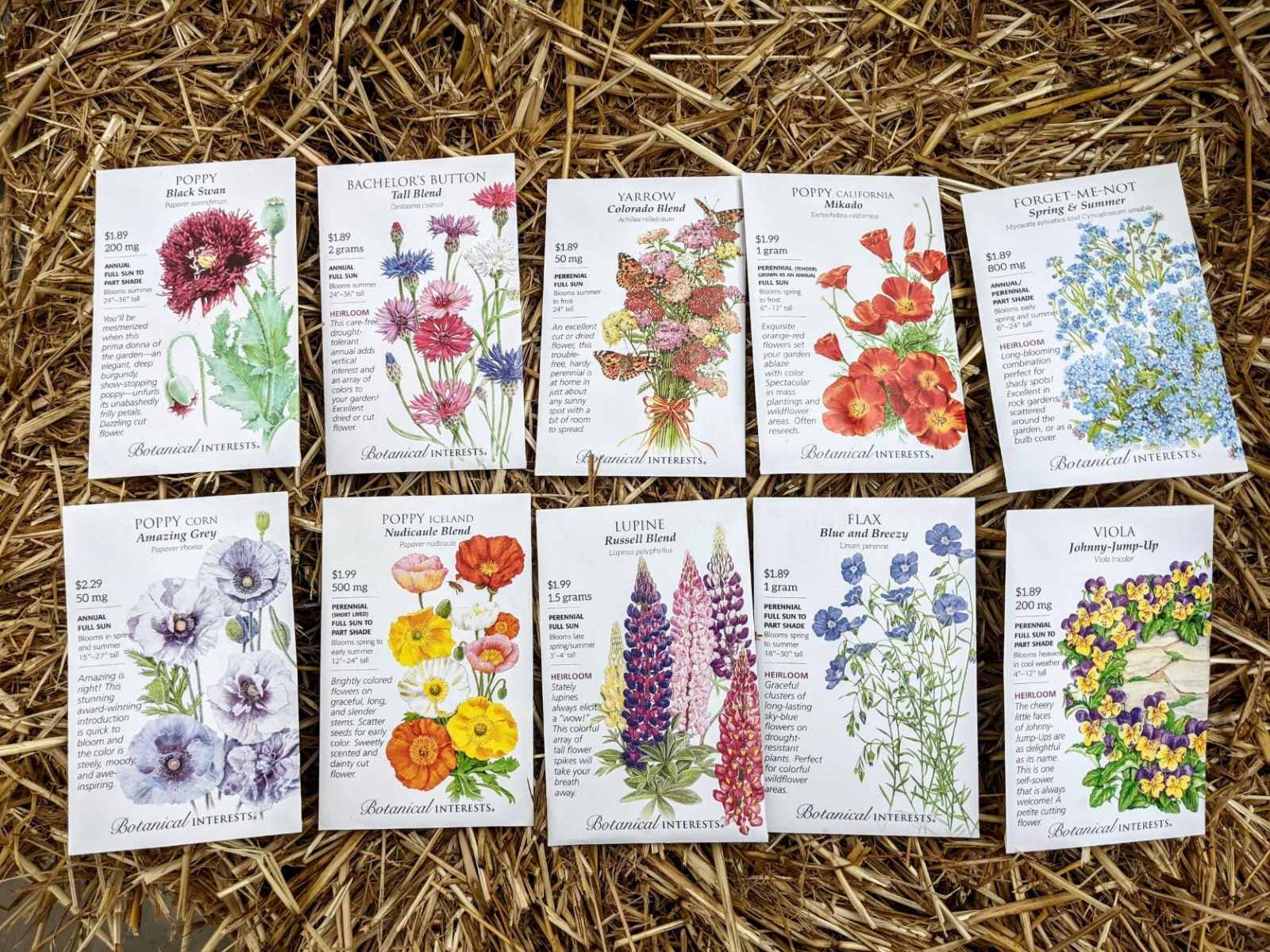
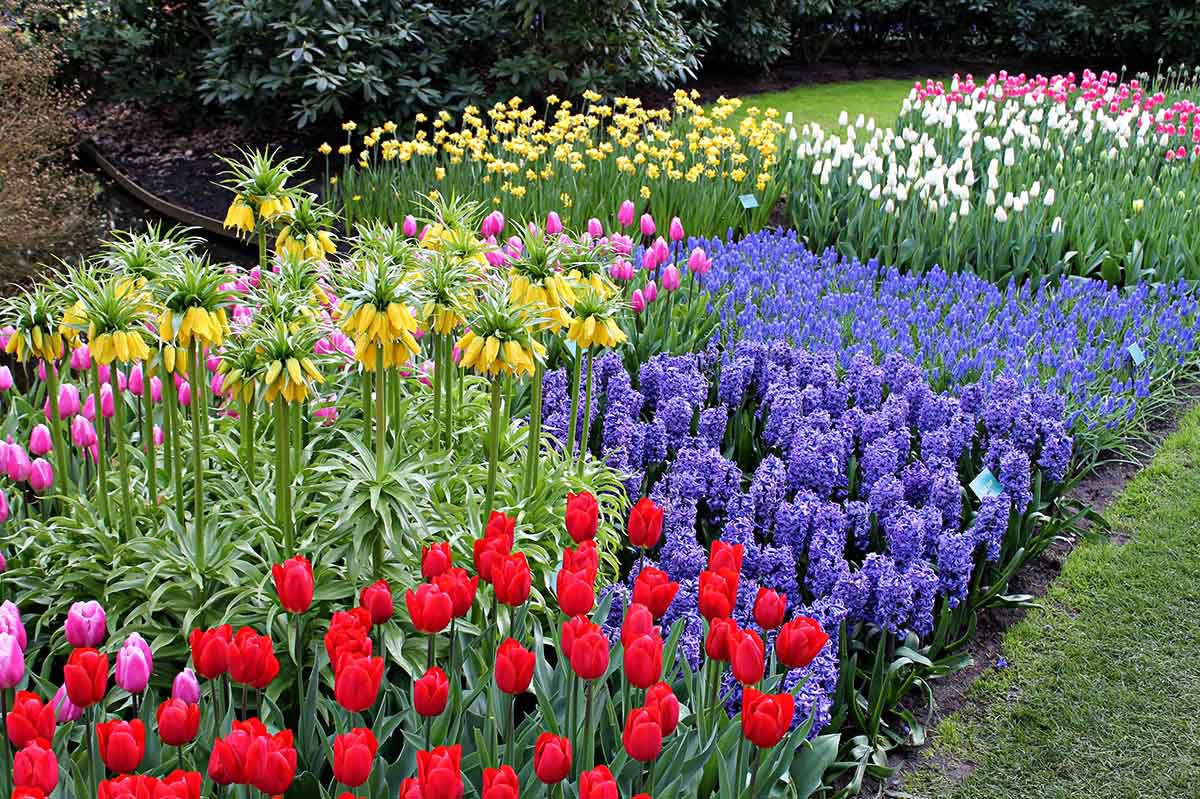
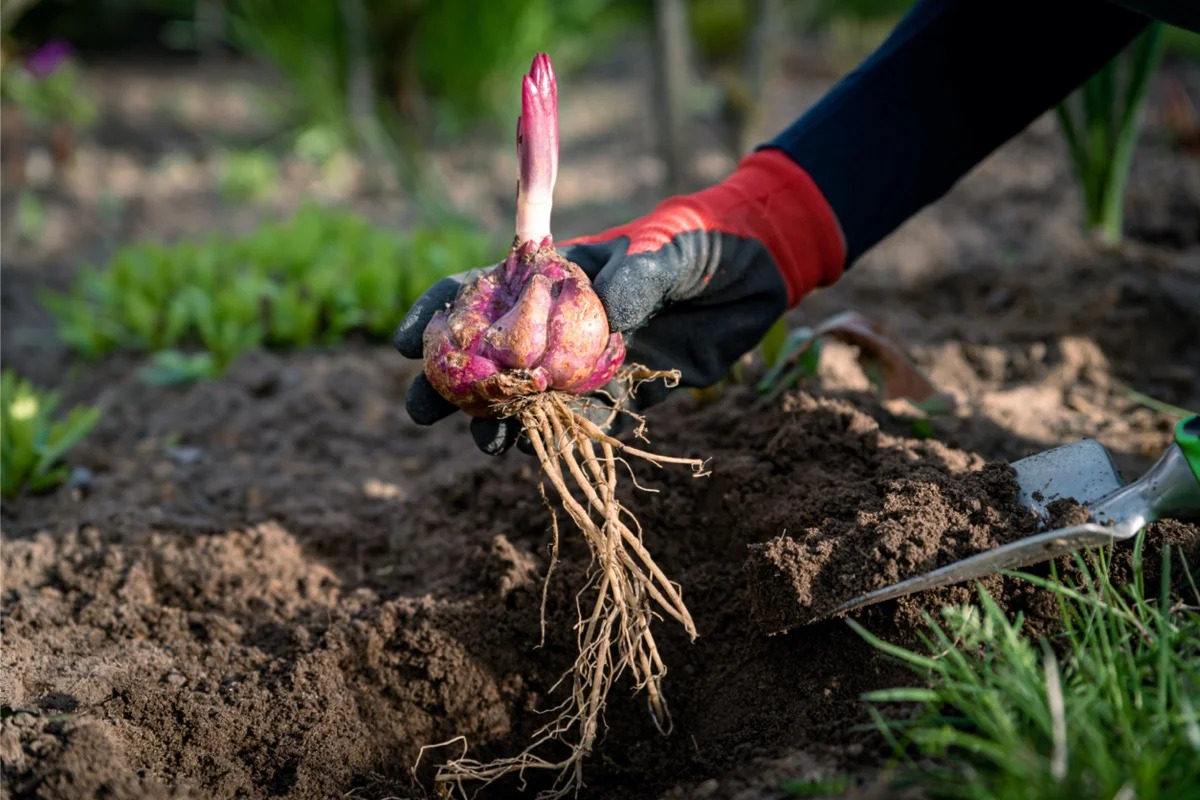
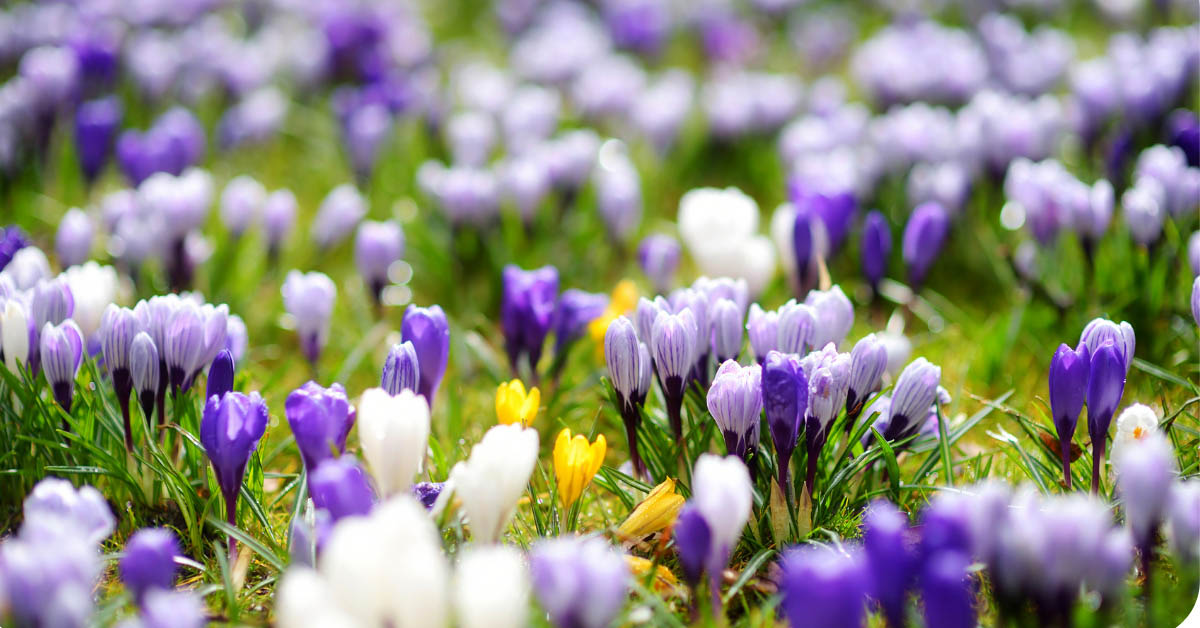
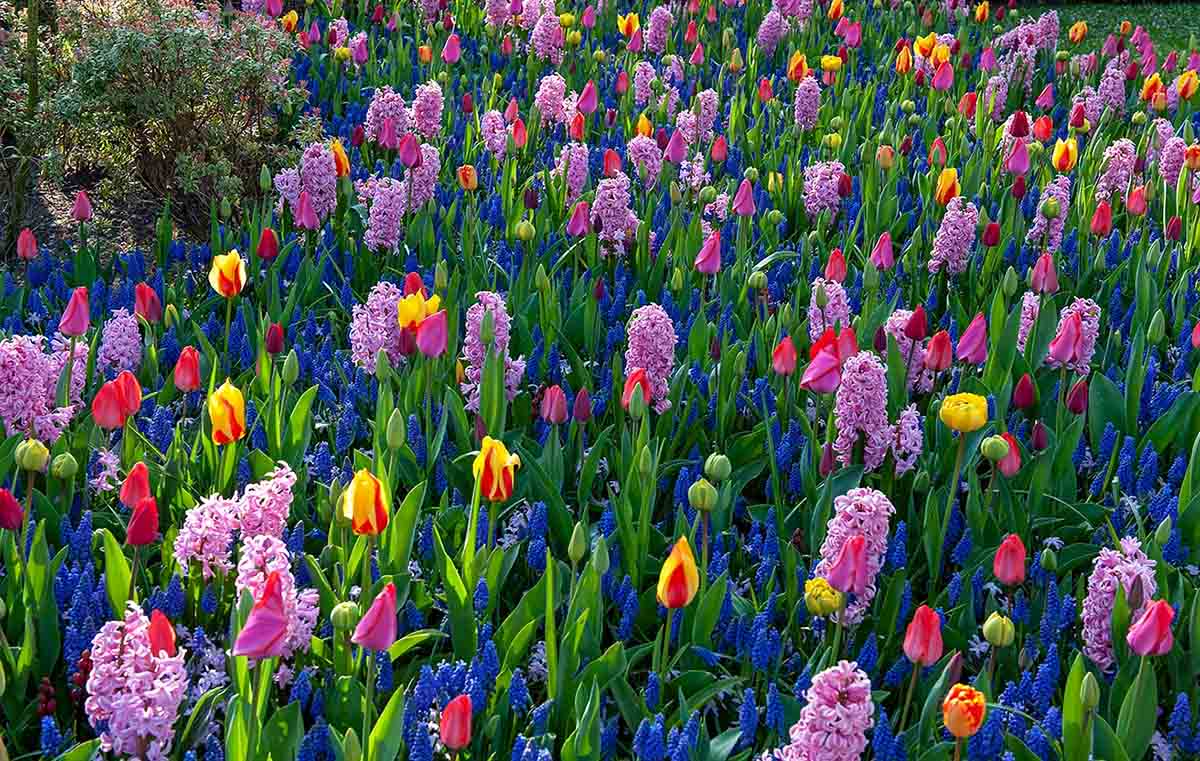
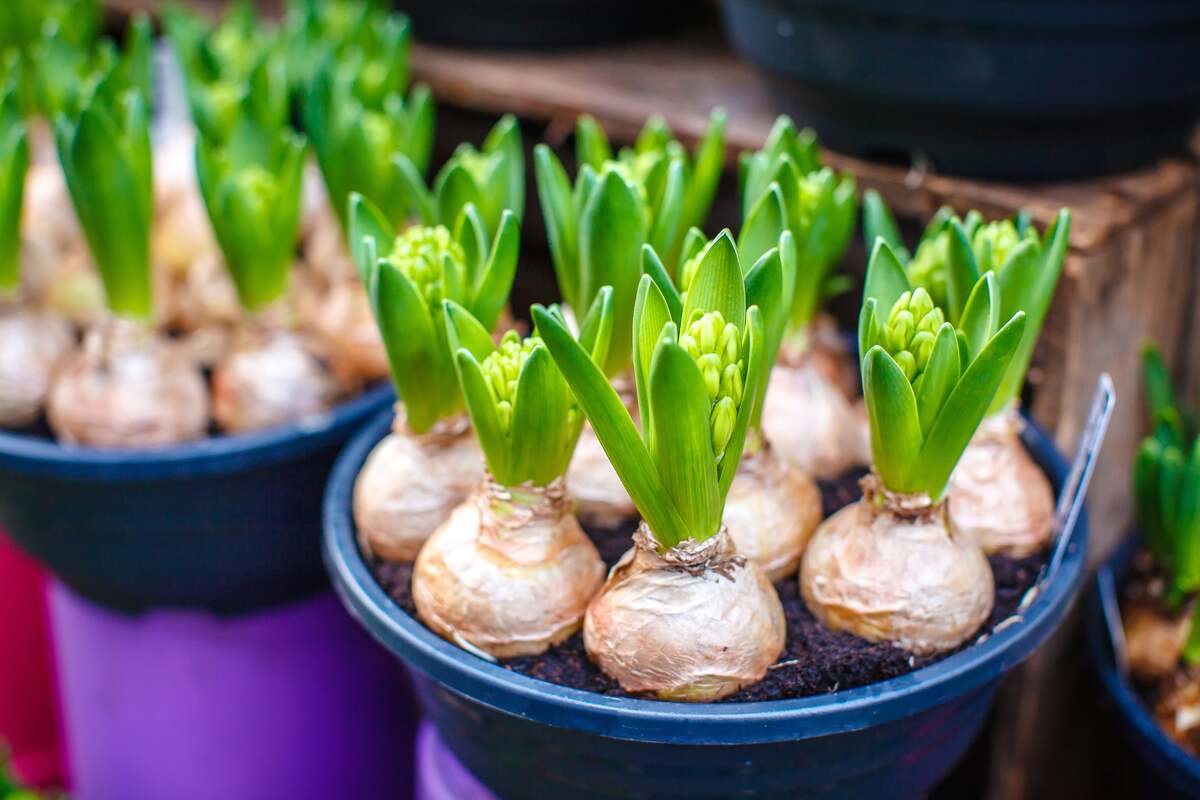
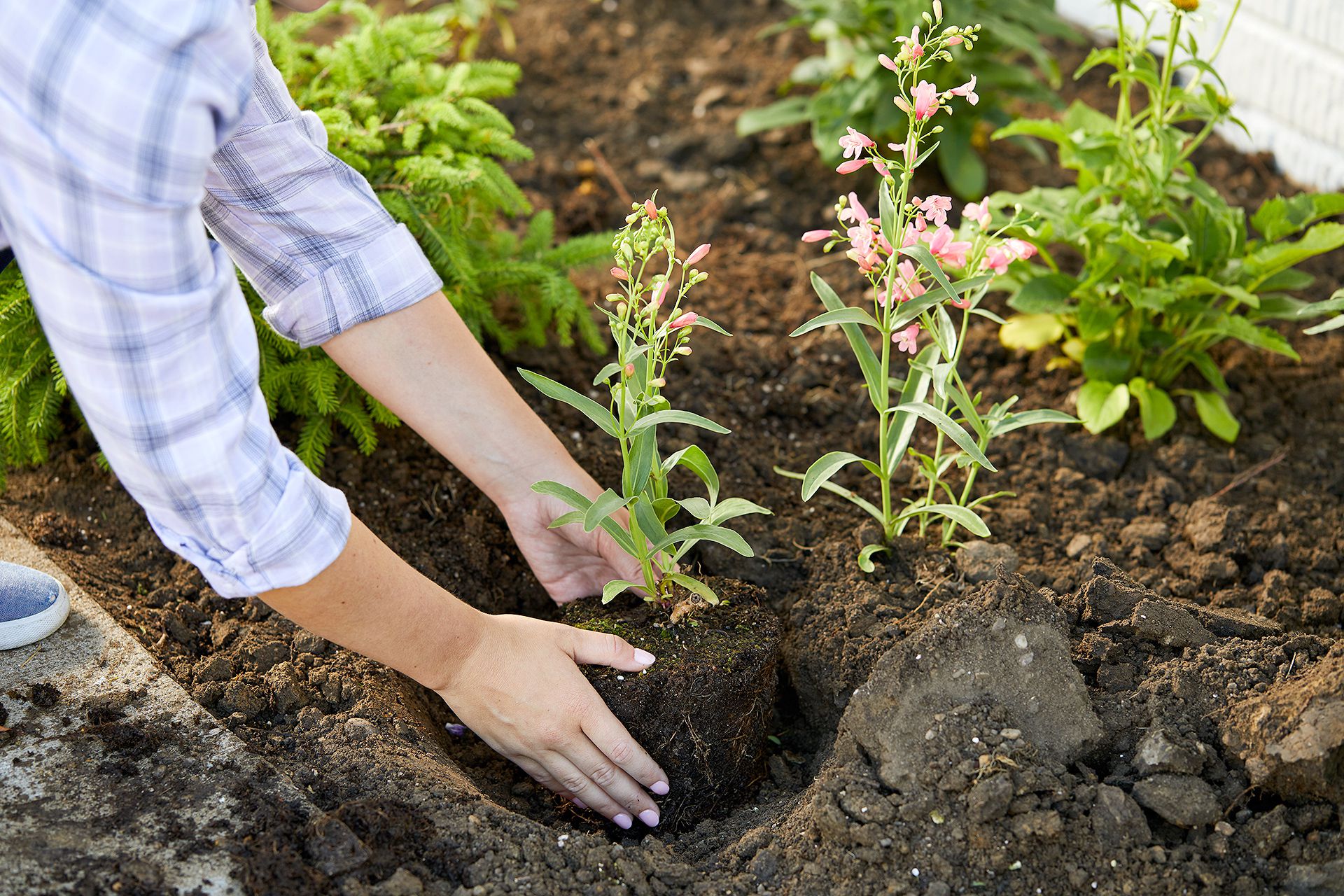
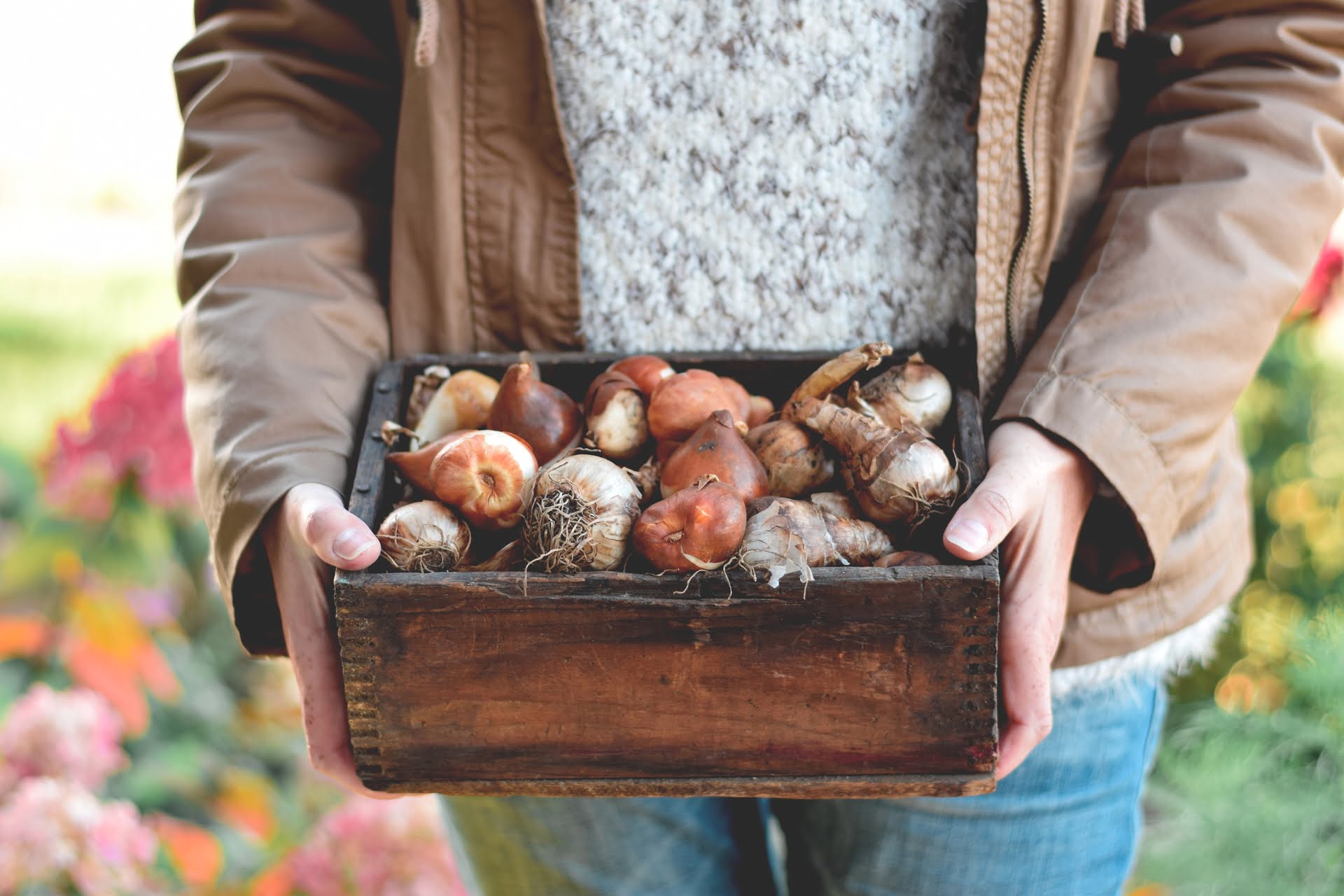
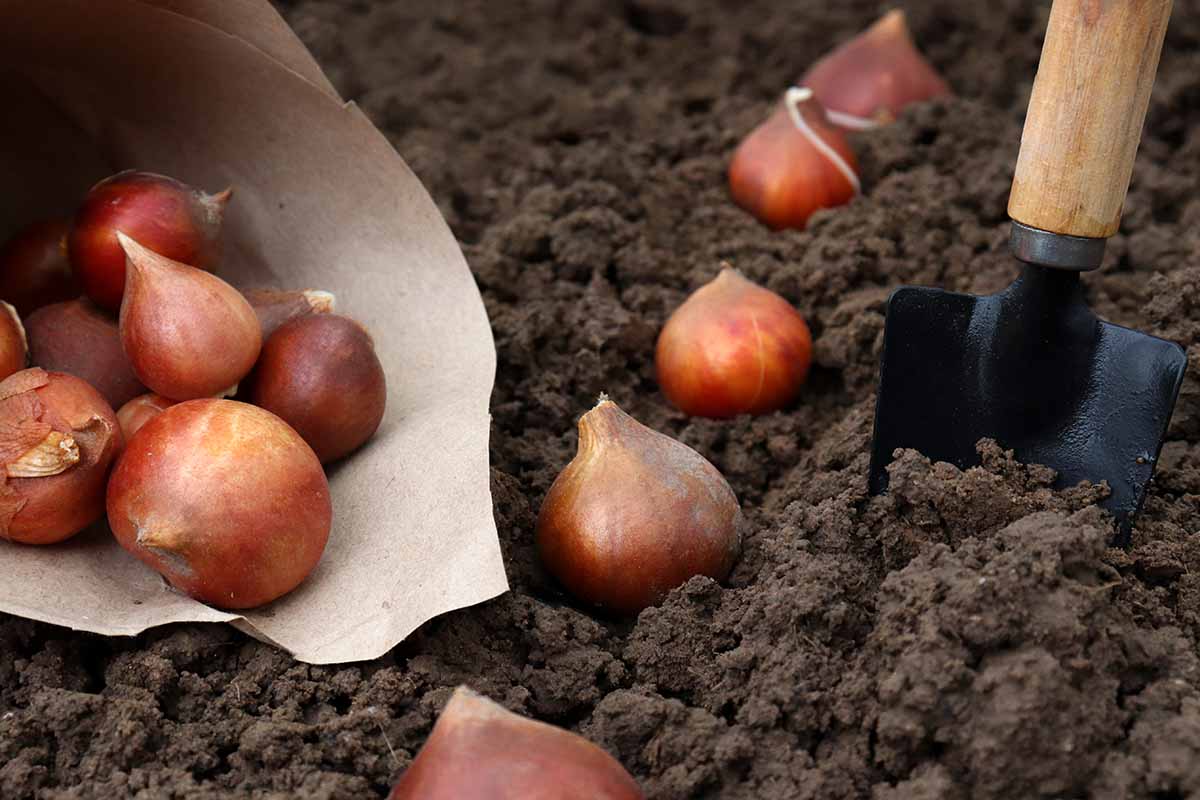

0 thoughts on “When To Plant Balloon Flower Bulbs”